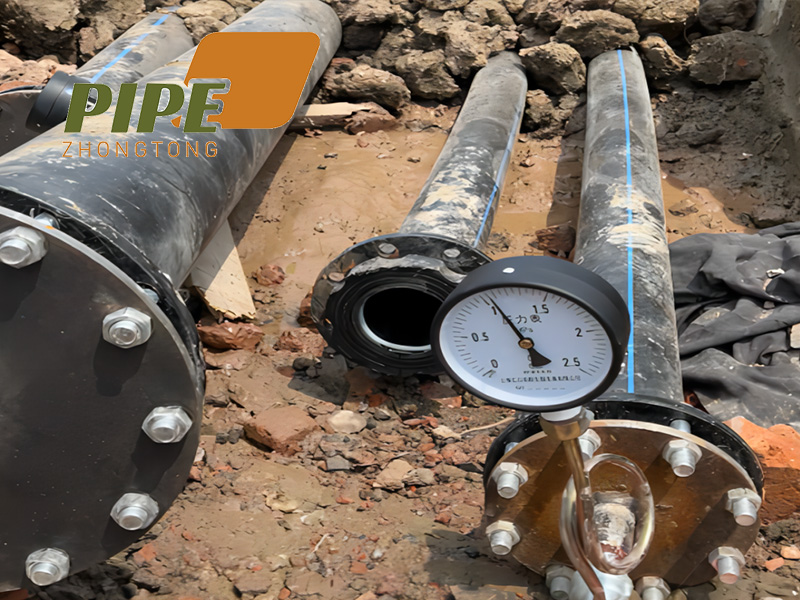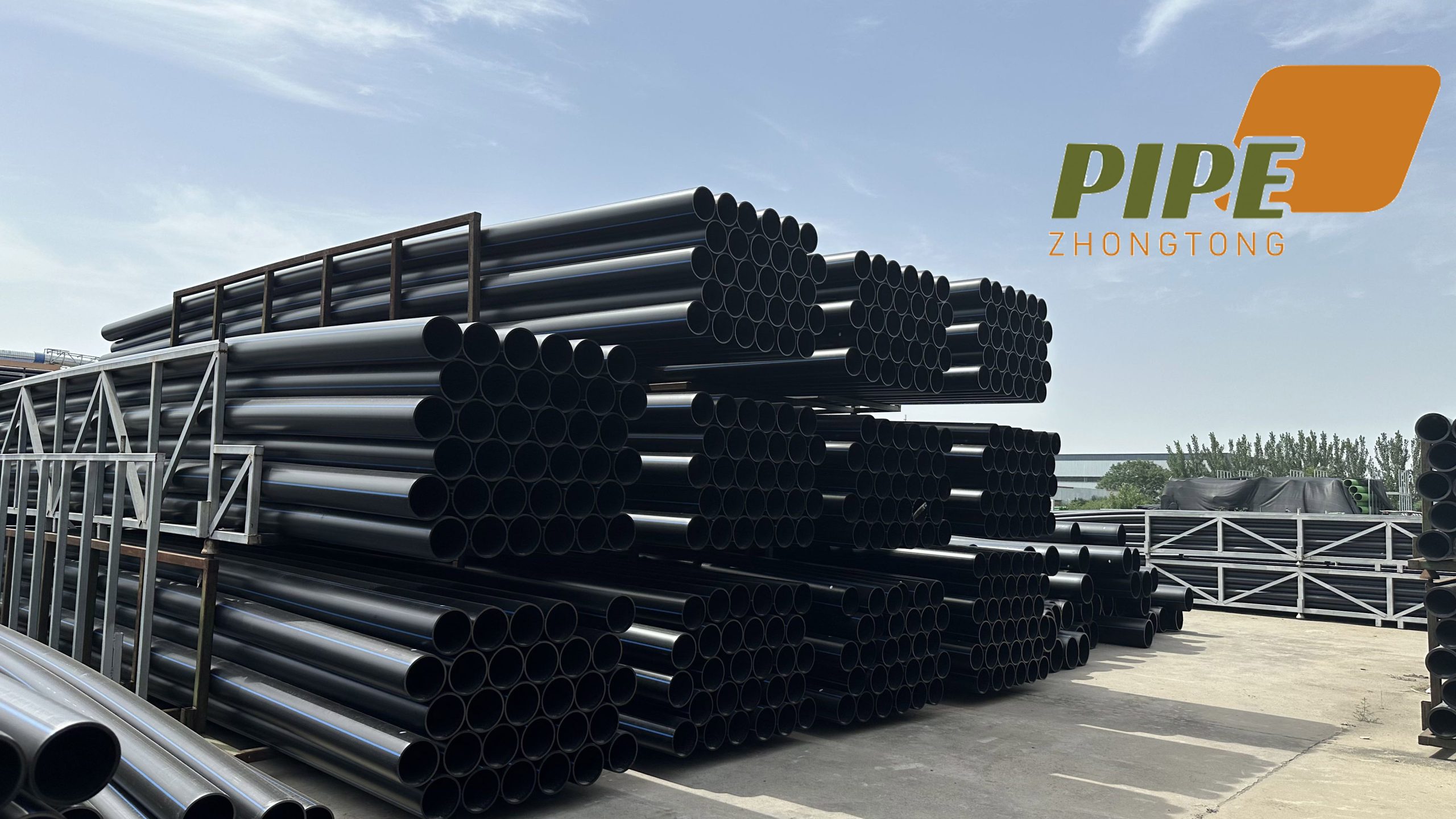ท่อแรงดัน play a vital role in transporting gases and liquids under pressure, but their design and operation come with unique complexities. This guide explores the key features of pressure pipelines, preventive measures for safety, and best practices for material selection.

Features of Pressure Pipelines
Not every pipeline qualifies as a pressure pipeline. To meet the definition, it must satisfy these two criteria:
- Pressure ≥ 0.1 เอ็มพีเอ (gauge pressure)
- Pipeline diameter (ดีเอ็น) ≥ 25 มิลลิเมตร
Key Characteristics:
- Systemic Nature: A pressure pipeline operates as an integrated system, where even minor issues can disrupt the entire setup.
- High Length-to-Diameter Ratio: Due to their slender build, pressure pipelines are prone to stability issues and experience complex stress scenarios compared to pressure vessels.
- Dynamic Flow and Stress: Fluid flow conditions are often turbulent, with limited buffer space and frequent changes due to temperature, pressure, wind, snow, earthquakes, and other factors.
- Material Complexity: A wide variety of pipeline components, supports, and materials, each with unique technical requirements, adds to the complexity of selection and management.
- Multiple Leakage Points: Pipelines inherently have more leakage points, such as valves, compared to pressure vessels. A single valve can have up to five potential leakage points.
- Intricate Lifecycle: The design, การผลิต, installation, การตรวจจับ, and management of pressure pipelines involve more steps and complexity than pressure vessels.
Safety Measures for Pressure Pipelines
Installation of Safety Valves:
Safety valves are crucial for preventing overpressure incidents. They should be installed in the following scenarios:
- Positive Displacement Pumps: At the outlets of electric reciprocating pumps, gear pumps, ฯลฯ. Vent pipes must connect to the pump inlet pipeline, and emergency stop interlock devices should be installed unless the pump already has a safety valve.
- Flammable Gas Compressors: At the outlet of each stage in reciprocating compressors, safety valves must vent to the inlet pipelines of the same or previous stages.
- Pipelines with Heat-Expanding Flammable Gases or Liquids: Safety valves prevent overpressure due to thermal expansion.
- Liquefied Hydrocarbon Pipelines: Pipelines prone to pressure increases from both ends being closed must have safety valves or equivalent safety measures.
- Blower or Pump Outlets: Safety valves are essential when connected equipment cannot withstand the maximum outlet pressure.
Static Electricity Grounding for Pipelines
For pipelines carrying flammable or explosive gases and liquids, static electricity is a significant safety concern. Key practices include:
- Preventing Static Failures: Flammable materials flowing through pipelines generate static electricity, which can lead to static discharge disasters.
- Grounding Metal Parts: Non-conductive pipe sections and metal joints must be grounded to dissipate static electricity effectively.
- Ensuring Safety in High-Risk Environments: High-temperature, high-pressure, toxic, or flammable systems must be grounded to maintain safe production conditions.
Correct Material Selection
Selecting the right materials is essential for the safe and efficient operation of pressure pipelines. Follow these best practices:
- Defect-Free Materials: Conduct non-destructive testing on materials, especially castings and forgings. Materials with defects must not be used.
- Hydrostatic Testing: After installation, perform a water pressure test at 1.5 times the working pressure to ensure structural integrity.
- Material Suitability: Choose materials and pipe forms based on specific process conditions. Never substitute or misuse materials.
- Weld Quality Assurance: Perform thorough visual and non-destructive inspections of welds to ensure their quality and compliance with standards.

บทสรุป
ท่อแรงดัน, while essential for transporting fluids under pressure, require meticulous attention to their design, safety measures, and material selection. By implementing proper preventive measures such as safety valves, grounding, and rigorous material testing, you can ensure the reliability and safety of these critical systems.
 Zhongtong HDPE PIPE System ผู้ผลิตมืออาชีพ
Zhongtong HDPE PIPE System ผู้ผลิตมืออาชีพ